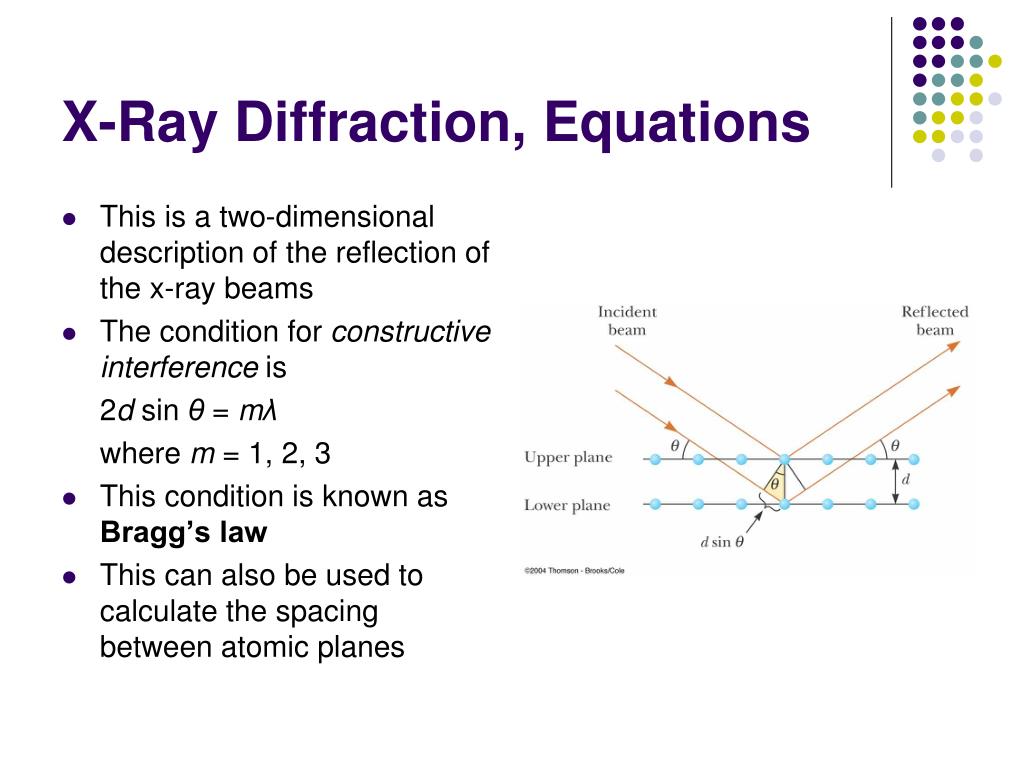

The ions presence influences the structural, thermal, optical, and morphological properties of hydroxyapatite 6, and are very important for tissue engineering applications. But, the peaks for biogenic hydroxyapatites (BIO-HAps) are less sharp and broader which is attributable to the small size of crystals 5. Even with the presence of these ions, the XRD patterns of the raw bone mineral phase almost exhibit the same positions as those of synthetic hydroxyapatite 4. It is well established that the above-mentioned biogenic sources are formed by nanocrystals of HAp that contain s minor elements such as Mg, Na, S, and K. This misinterpretation could limit their potential uses. However, there is still a problem in the interpretation of their patterns concerning to the shape and width for raw and incinerated biogenic hydroxyapatite that are commonly used in clinical applications. The structure of these biogenic materials has been studied using X-ray diffraction (XRD). One of these is the hydroxyapatites (HAp) from biological sources such as human, bovine, and porcine due to their different applications 1, 2, 3. Nowadays, there is an increasing interest in nanomaterials in different fields such as tissue engineering.
XRAY DIFFRACTION EQUATIONS SOFTWARE
A simulation of the effect of the crystallite size on the shape and width of the X-ray patterns was done using PDF-4 software which confirmed that raw ordered bone crystals produce broad peaks which so far have been erroneously assigned to polycrystalline hydroxyapatite with low crystalline quality. The calcination of raw clean bones at 720 ☌ produced a transition of crystal size from nano to micro due to a coalescence phenomenon, this was accompanied by a decrease of the peak width of the X-ray diffraction patterns due to the decrease of the inelastic scattering contribution from the microcrystals. The nanometric size of the crystals was determined through High Resolution Transmission Electron Microscopy in which ordered crystals were found. Inductively Couple Plasma showed the presence of some ions such as Mg, K, Al, Fe, Zn, and Na for all samples. The intensity distribution of an Umweganregung of a specularly diffracted wave in a polarization-forbidden state is calculated using this algorithm as a demonstration.This paper focuses on the study of the effect of the change of the crystal size on the shape and width of the X-ray diffraction patterns for defatted and deproteinized bones as well as incinerated biogenic hydroxyapatite obtained from bovine, porcine, and human bones.

This simplifies the process in solving the fundamental equation, avoids unnecessary approximations on polarization in the matrix calculation and makes the algorithm very generic so that it can be applied to multiple diffractions of all kinds, including grazing-angle and wide-angle geometries. The polarization factors are absorbed in the vector components of the eigenvectors. With this representation, the fundamental equations of the wavefield can be solved as an eigenvalue-eigenvector problem involving a 4 N × 4 N scattering matrix in which the matrix elements are not related to the polarization, N being the number of waves. The algorithm is developed based on the representation of the electric fields and wavevectors in a single Cartesian coordinate system with one of the axes in the direction normal to the crystal surface. An algorithm is proposed for solving the fundamental equations of the wavefield for multiple-wave dynamical X-ray diffraction with grazing incidence and scattering geometry.


 0 kommentar(er)
0 kommentar(er)
